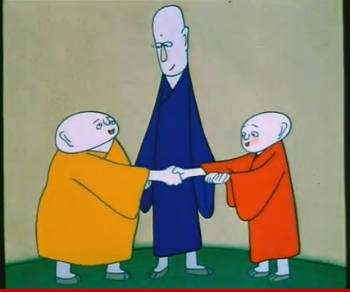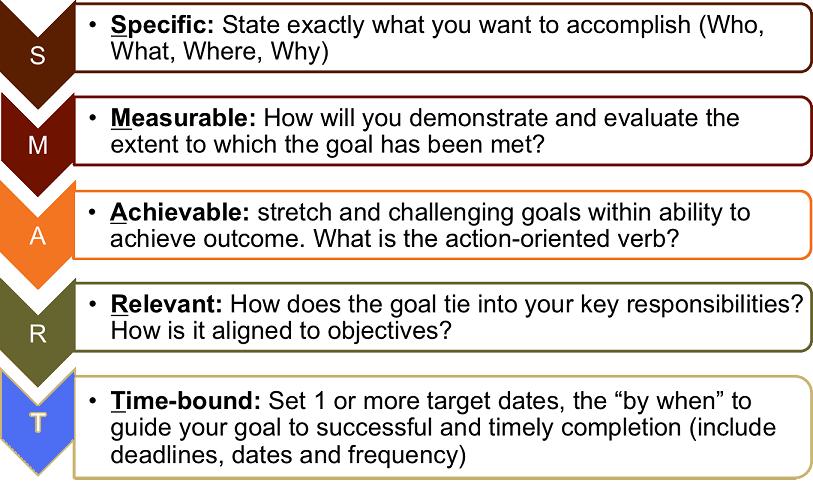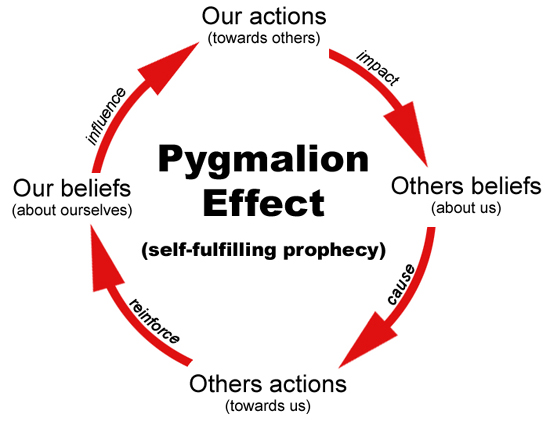The film ‘3 monks’
is a Chinese animated film, released in 1980 and directed by A Da. It is one of
the most famous and beloved Shanghai Animation Film Studio's productions,
and has won awards at film festivals throughout the world.
The film is based on the ancient Chinese proverb
"One monk will shoulder two buckets of water, two monks will share the
load, but add a third and no one will want to fetch water.”
Before I write any further, I request you all to watch
the video of the movie.
For those who do not have time to watch the movie, here
is the brief synopsis of the movie:
There is a monk who lives in a monastery on the top of a hill. He has to
come down to fetch water from the river and he was living happily. Then a
second monk comes and starts living with the first monk. The problem starts
when they together go to fetch water. They are unable to decide how to divide
the work amongst them as no one wanted to do any extra work. They decide to
calculate the length of the stick carrying the bucket and hung the bucket in
between. The coming of the third monk creates a conflict as to who two will
bring the water. Since they are not able to resolve this conflict no one goes
and the monastery is without water. Then one day fire broke in the monastery
and the three monks with their combined efforts put it out. Since
then they understand the old saying "unity is strength" and begin to
live a harmonious life. The temple never lacks water again.
.jpg)
Followings are the management lessons learnt:
1.
Teamwork does enhance the efficiency in the working of task.
2.
Disputes tend to arise when there is more than one person involved.
3. Scientific
and objectives measurements and instruments should be used to resolve the
conflict.
4. The
most efficient method to solve a problem evolves over a period of time.
5. Teamwork
and team interest should take precedence over the personal interest.
6.
Experiences in crisis management come handy to come up with new
innovative methods to solve a problem.
7 Attitude
of each team member determines the fate of the task and decides for the
success rate.
8. Synergistic
roles: Individual sums become bigger than what was there
individually.
Learning
The story of the three monks
tells us about the basic human nature and the requirement of having a proper
coordinating team. People mostly tries to off load their work to others instead
of making a collective effort and divide the work properly. Also for any
activity to be done successfully, the coordination between the team members is
very vital. And for proper coordination the team members must feel friendly
towards each other. As in the video when the three monks become friends towards
the end they were able to come up with the innovative idea of the pulley
system.



